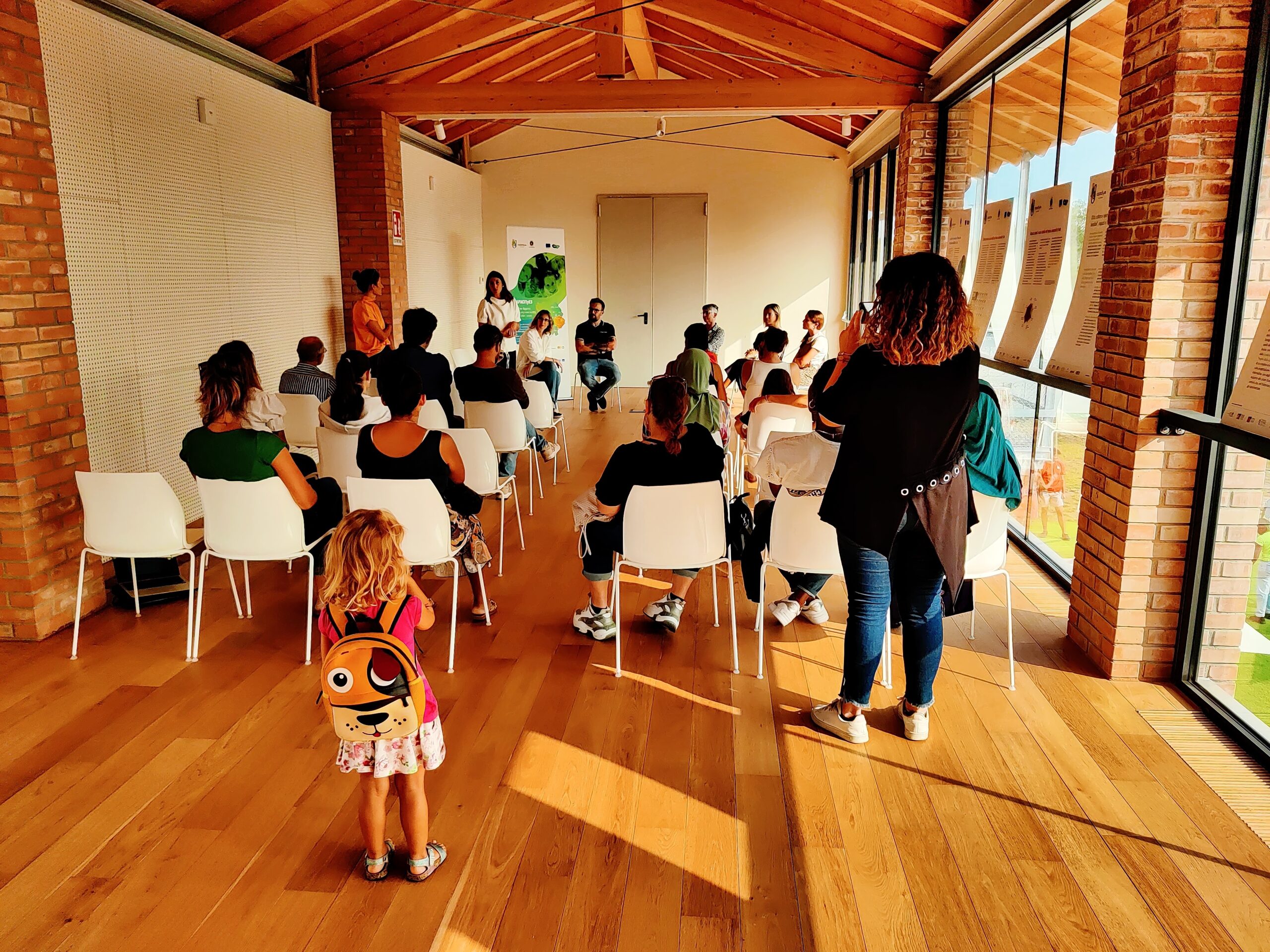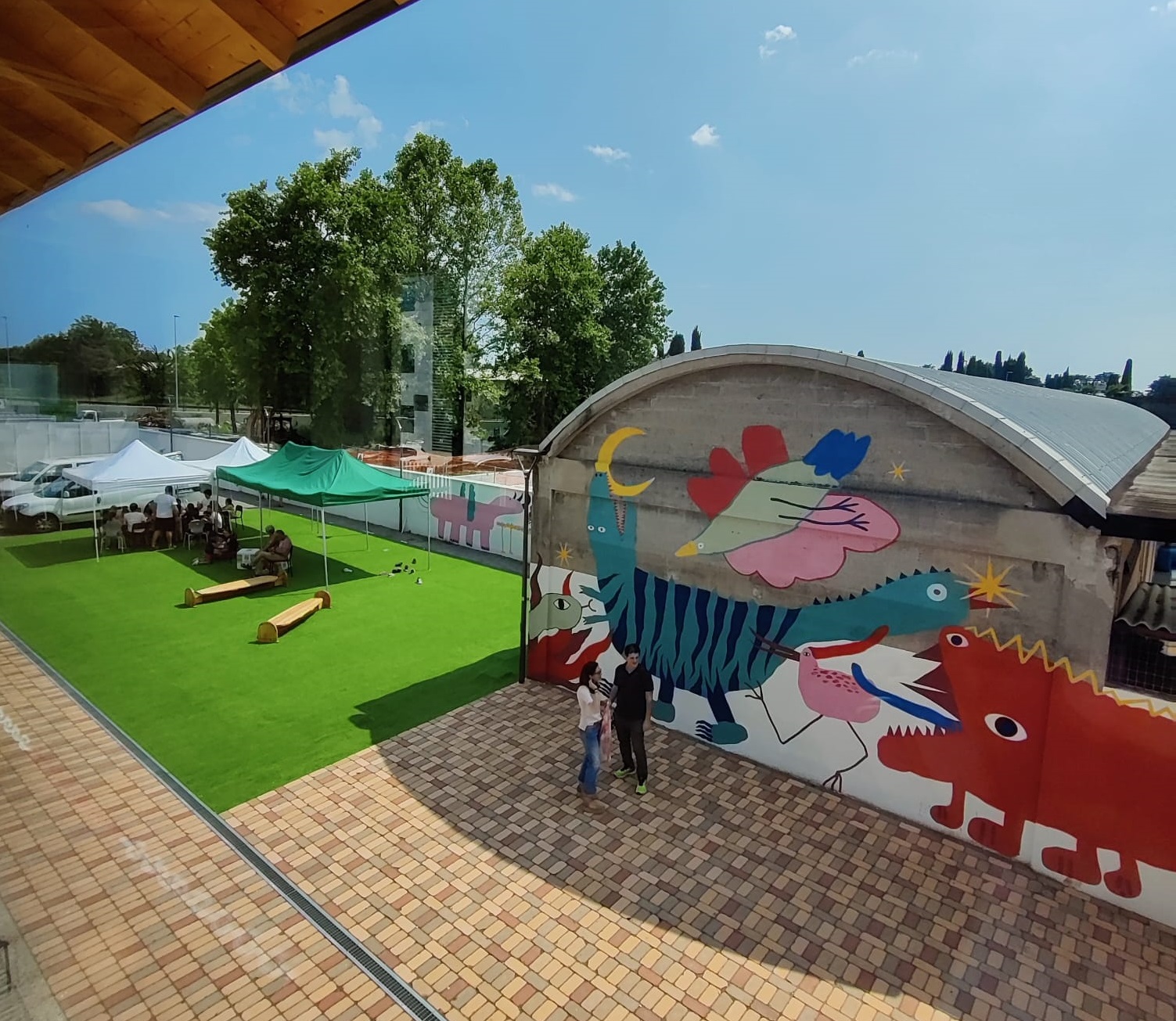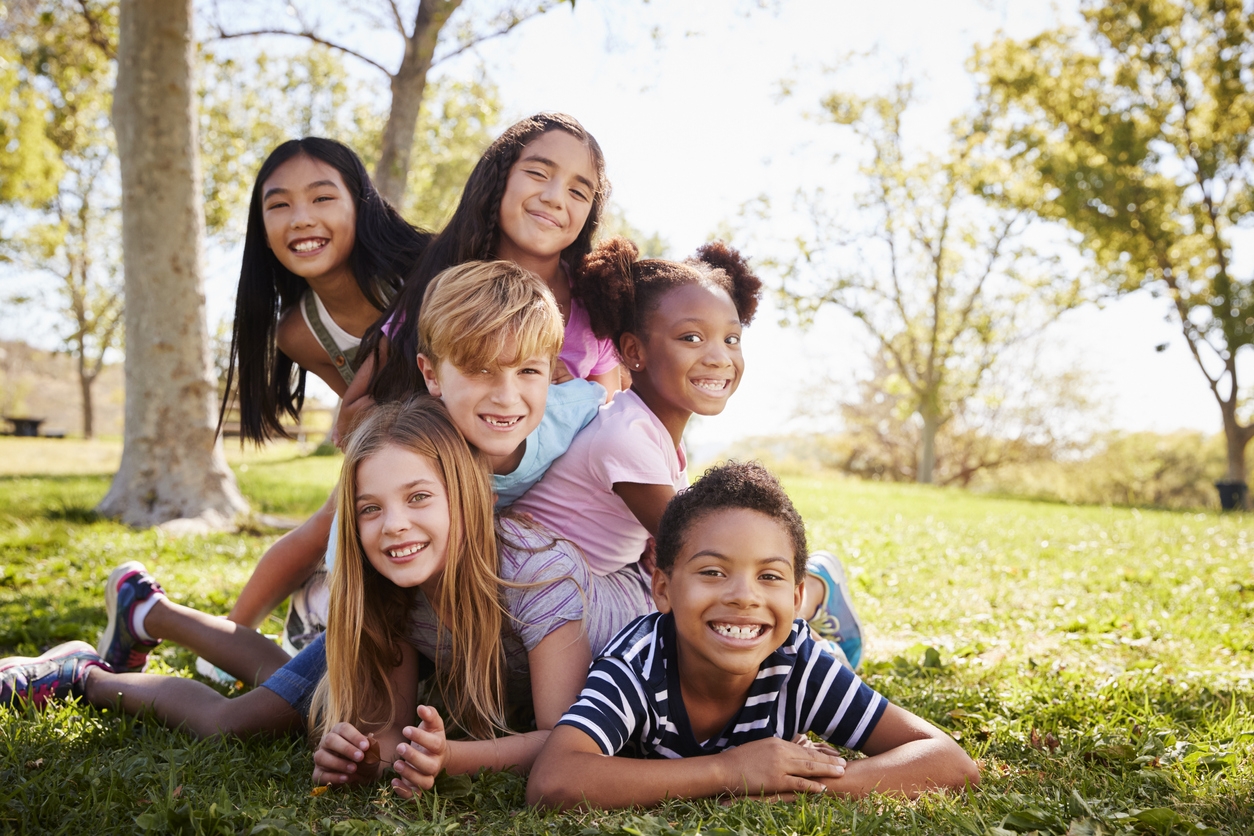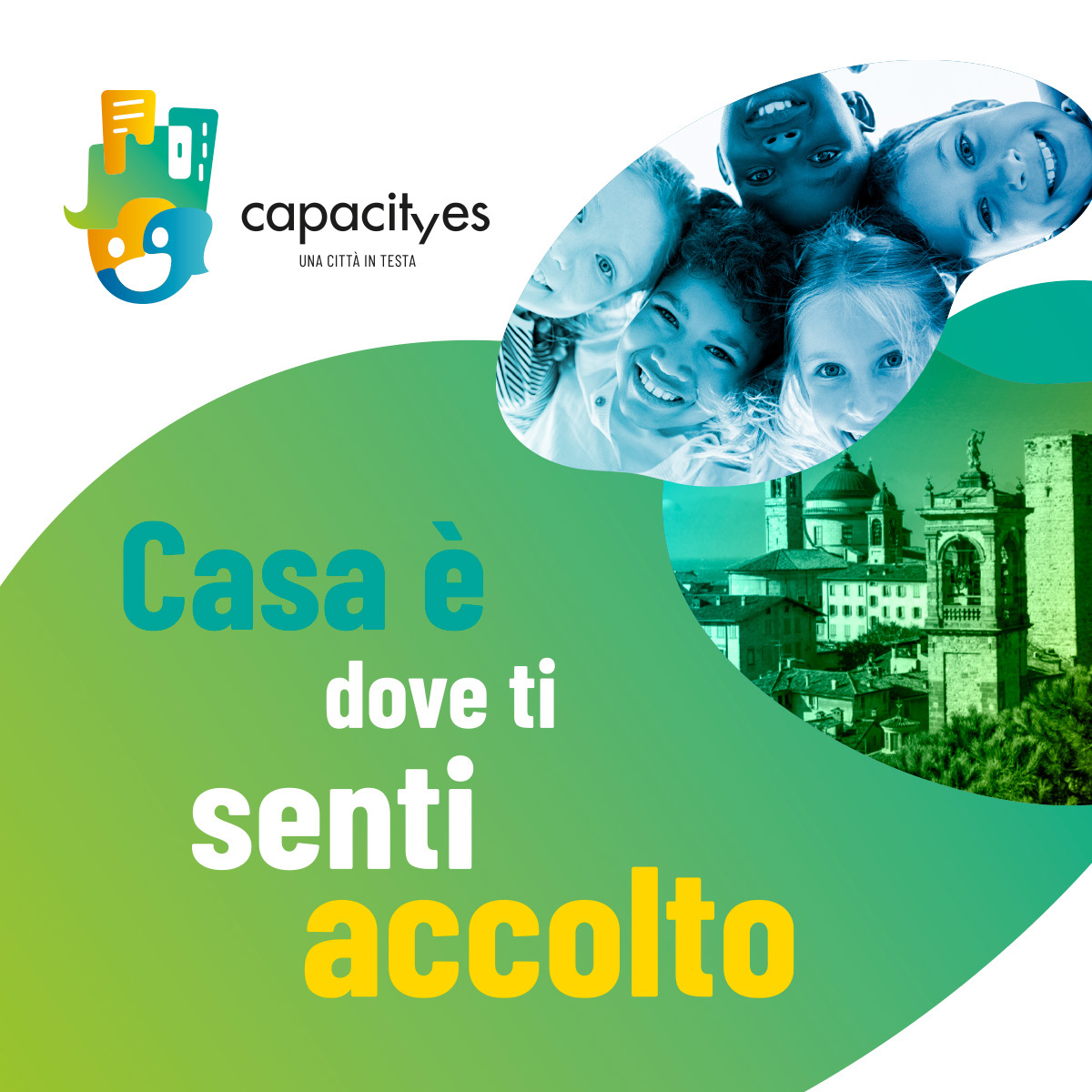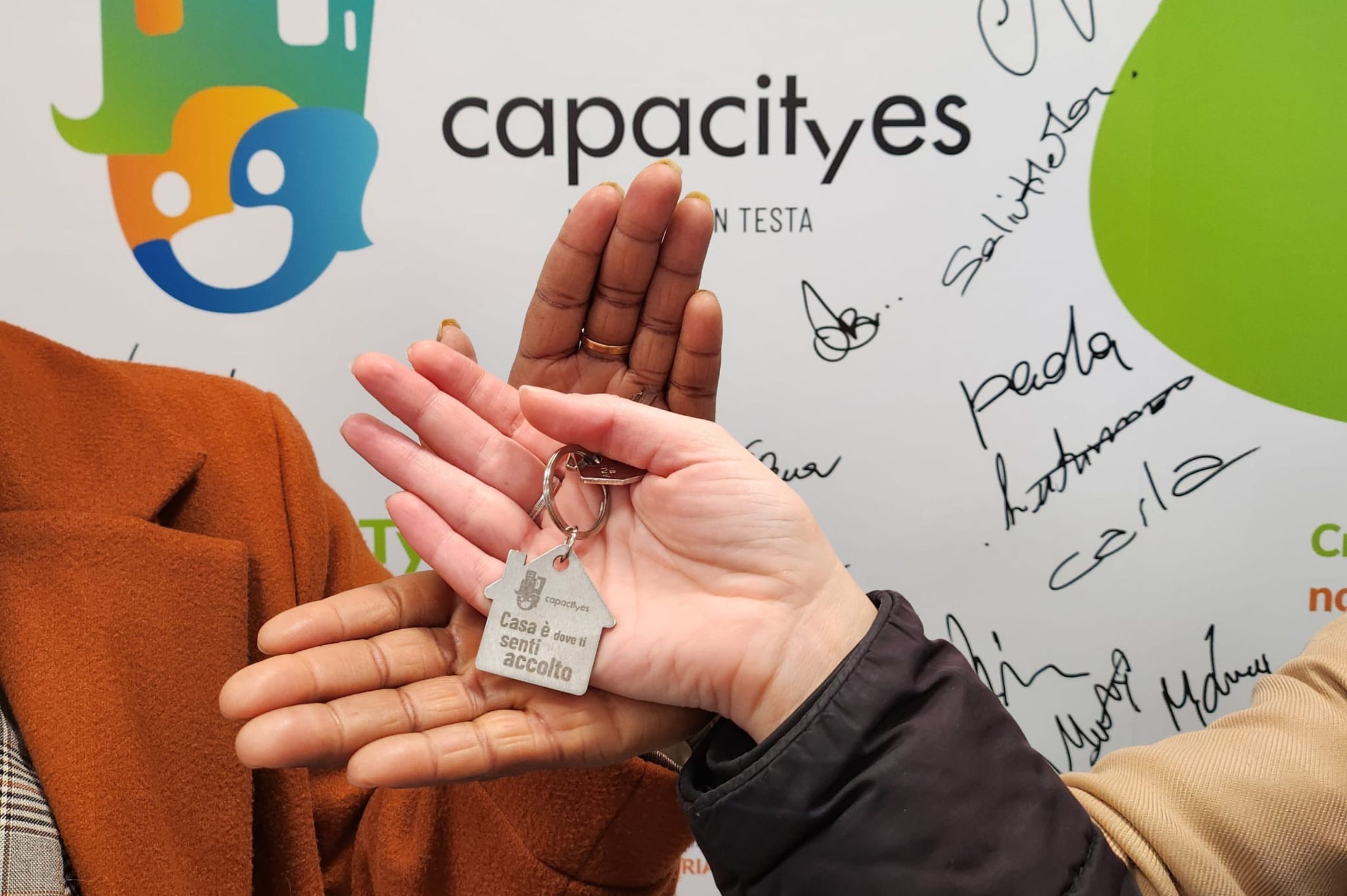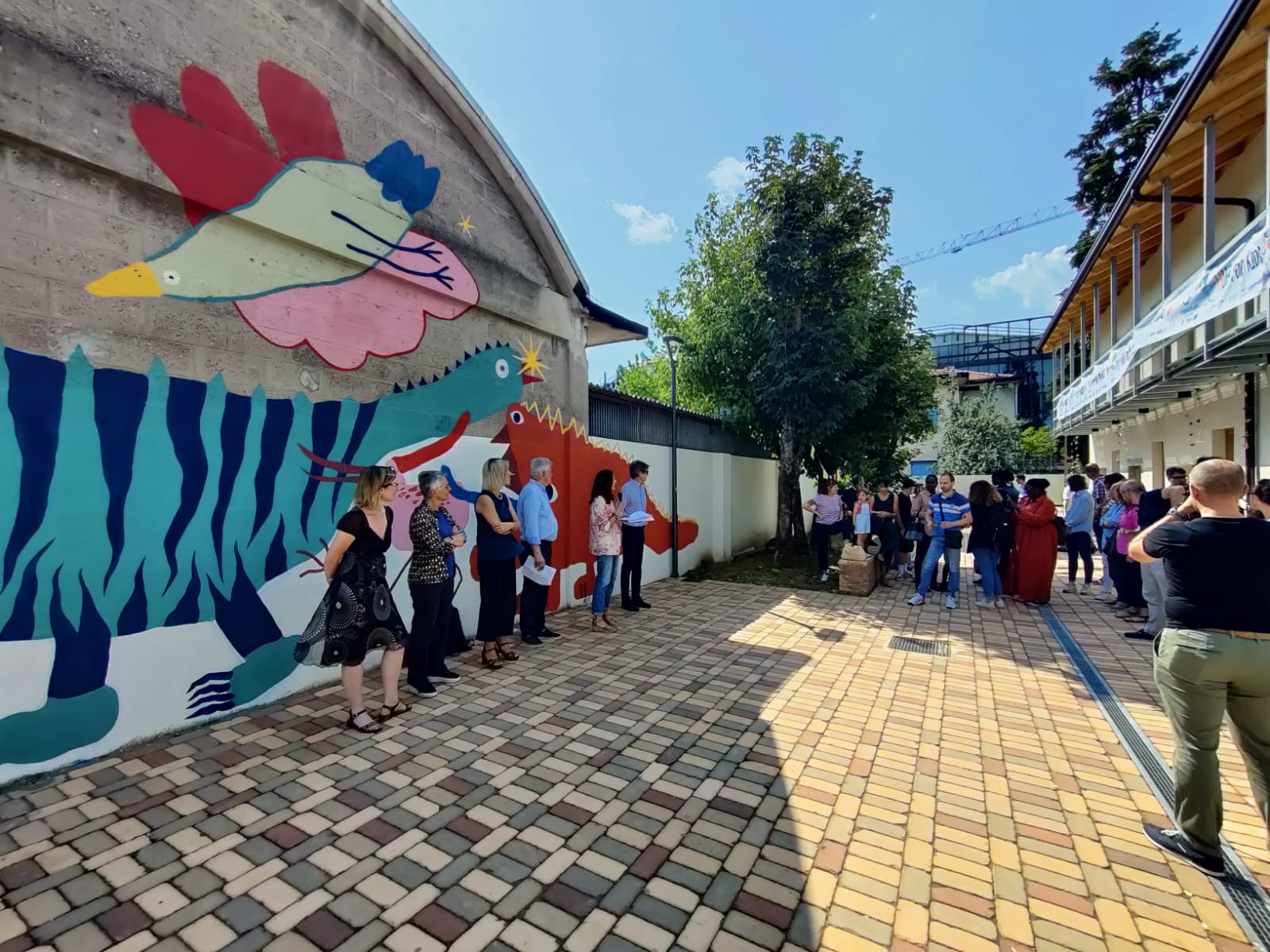The rebirth of urban spaces
The project involves the renovation and conversion of two derelict buildings. They will be designed and run in partnership with the families involved, thanks to forms of active participation, and with the aid of the district volunteer networks, in order to encourage community engagement and improve social cohesion. Children’s point of view will be fundamental and the public space will be shaped by their needs. They will play a key role in the co-planning and co-design of the spaces and initiatives.
Co-housing
The project building is the former Osservatorio Femminile on via Borgo Palazzo. It will house Italian and immigrant families chosen from the 800 on the social housing waiting list. They will have private accommodation and the use of other shared facilities.
During their stay at the project, families will attend training courses to acquire skills in demand on the labour market, with the aim of enabling them to access normal social housing when they leave.
Hub4Kids
The hub will be created at the former Serassi farm. The programmes run there will aim to improve children’s learning and other skills through an offering of artistic, sports and cultural activities. The families accommodated in the co-housing project will be involved in the Hub’s management to encourage their children to attend together with children from the city’s schools. In fact, Hub4Kids aims to attract children from right across the city in the attempt to overcome spatial segregation.
Art Installations
They will be located inside the Co-Housing, inside the Hub4Kids and along the route of about one kilometre between the two. There will also be installations in other locations, in both the suburbs and the city centre, to create a single large site-specific installation that aims to connect the centre with outlying areas. The outdoor installations will be large paintings on the facades of buildings, and artworks inside specially created spaces.
Co-design: shared design
The activity of co-design and shared planning for the two buildings actively involved families and children. Through co-design sessions, ideas and suggestions were gathered, allowing families to influence the functions and features of the buildings. Architects and urban planners worked in collaboration with the participants to translate their ideas into concrete projects. This participatory approach created spaces that meet the specific needs of families and promote community well-being.
 READ ALL NEWS
READ ALL NEWS 